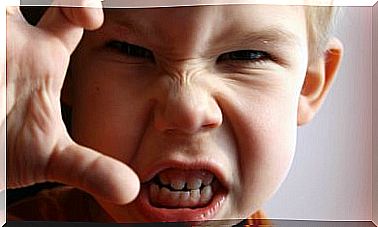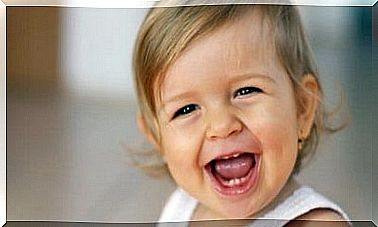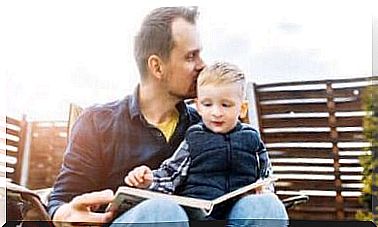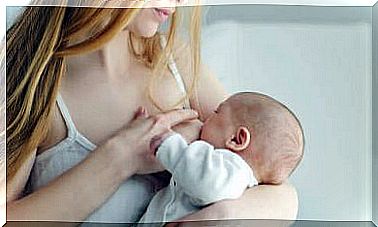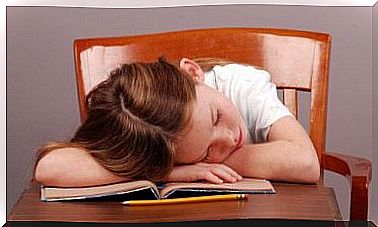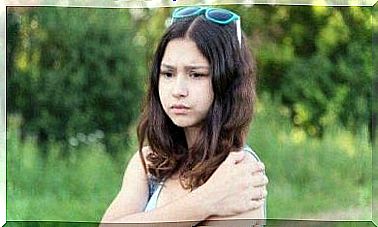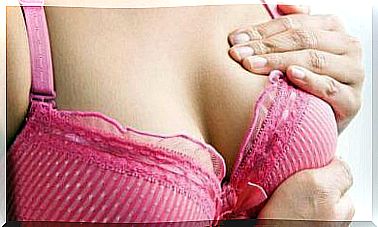Treatment Of Asthma In Children
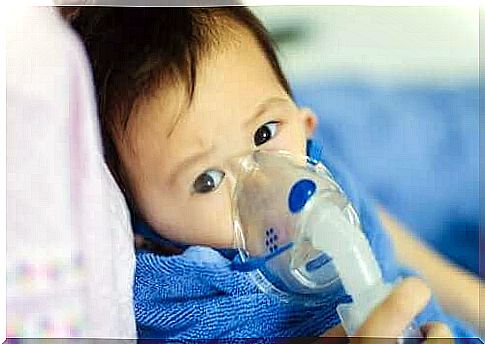
When one is experiencing an acute asthma attack, the most important thing is to treat hypoxia, which is a decrease in the oxygen pressure in our blood. This article will take a closer look at treating asthma in children.
Asthma is one of the most common, chronic diseases in childhood. It is a public health problem that has been on the rise for the past few years and it is leading to a large amount of medication. Therefore, in this article, we will focus on what you need to know about treating asthma in children.
What is asthma?
Asthma, according to the International Pediatric Consensus, is a disorder characterized by “recurrent wheezing and permanent coughing in situations where asthma is an option and other less common diseases have been ruled out.”
The most common symptoms of an asthma attack are the following:
- The hiss
- Dyspnoea
- Cough
- Thoracic oppression
- Obstruction of the airways
- Bronchial over-reactivity
- Inflammation of the airways
Treatment of asthma in children
The treatment of asthma is, in general, divided into two, large blocks. On the one hand, we have an action for acute crises. On the other hand, we have a chronic maintenance treatment. The primary goal of asthma treatment in children is:
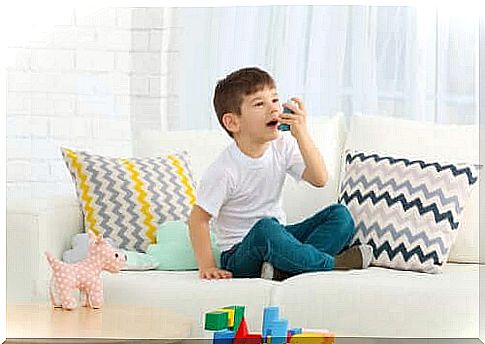
- To reduce and try to eliminate chronic symptoms
- To prevent the occurrence of acute crises
- Trying to avoid, as much as possible, the use of drugs and their side effects
The primary medications used to treat asthma in children are:
- Bronchodilators, to relieve symptoms
- Anti-inflammatory drugs, to control the disease
Treatment of an acute asthma attack
When faced with an acute crisis, the goal of treatment is to change, and most importantly, treat hypoxia; the reduction in oxygen pressure in the blood. In fact, it is the first assessment made in a child who experiences an asthma attack.
To make an assessment of the partial oxygen pressure in the blood, doctors use a pulse oximeter that measures the saturation of oxygen. Thereby, depending on the results, the doctor can classify the crisis according to its severity:
- Mild: The saturation of oxygen is greater than 94%.
- Moderate: The saturation of oxygen is between 91% and 94%.
- Severe: Oxygen saturation is less than 91%.
They classify it as hypoxia when the partial oxygen pressure in the blood is less than 91% or 60 mmHg. In these cases, the child should be quickly transferred to the hospital. The same applies when there is a risk of complications, a history of high risk or lack of response to treatment.
In the event of an acute crisis, the treatment used as a first option is the administration of beta-2 adrenergic drugs by inhalation. They are administered via an inhalation system with a pressure chamber or with an atomizer. The most commonly used drug is salbutamol. Other options may be ipratropium bromide or corticosteroids.
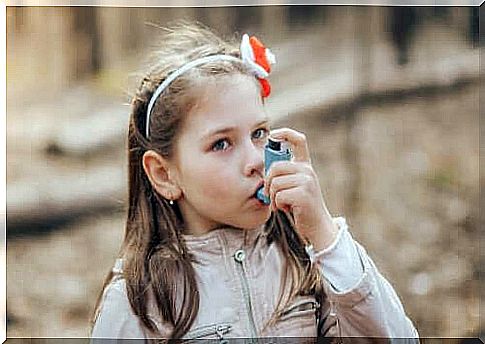
The administration of oxygen is necessary for all patients with an oxygen saturation of less than 94%. Therefore, they need to be transferred to a hospital to be checked and checked more thoroughly.
Maintenance treatment of asthma in children
When we talk about the chronic maintenance treatment, it is very important to take the age of the child into consideration. In general, in addition to the pharmacological treatment, doctors assess the possibility of immunotherapy and their education places special emphasis on the management of the disease and crises.
As we have mentioned before, in the treatment of asthma in children, one should avoid the chronic intake of medications as much as possible. One should start with a basic treatment that can be gradually increased if necessary.
The most commonly used drugs for the maintenance treatment of asthma are inhaling corticosteroids, such as budesonide and fluticasone propionate. It is important to control the dosage of corticosteroids to avoid unwanted side effects. If you need to increase the dosage, it is advisable to combine it with bronchodilators.
Keep in mind that most asthma attacks in children under the age of 3 are due to viral infections. The symptoms disappear regardless of the treatment, so you should not abuse unnecessary medications that can cause more harm than good.
